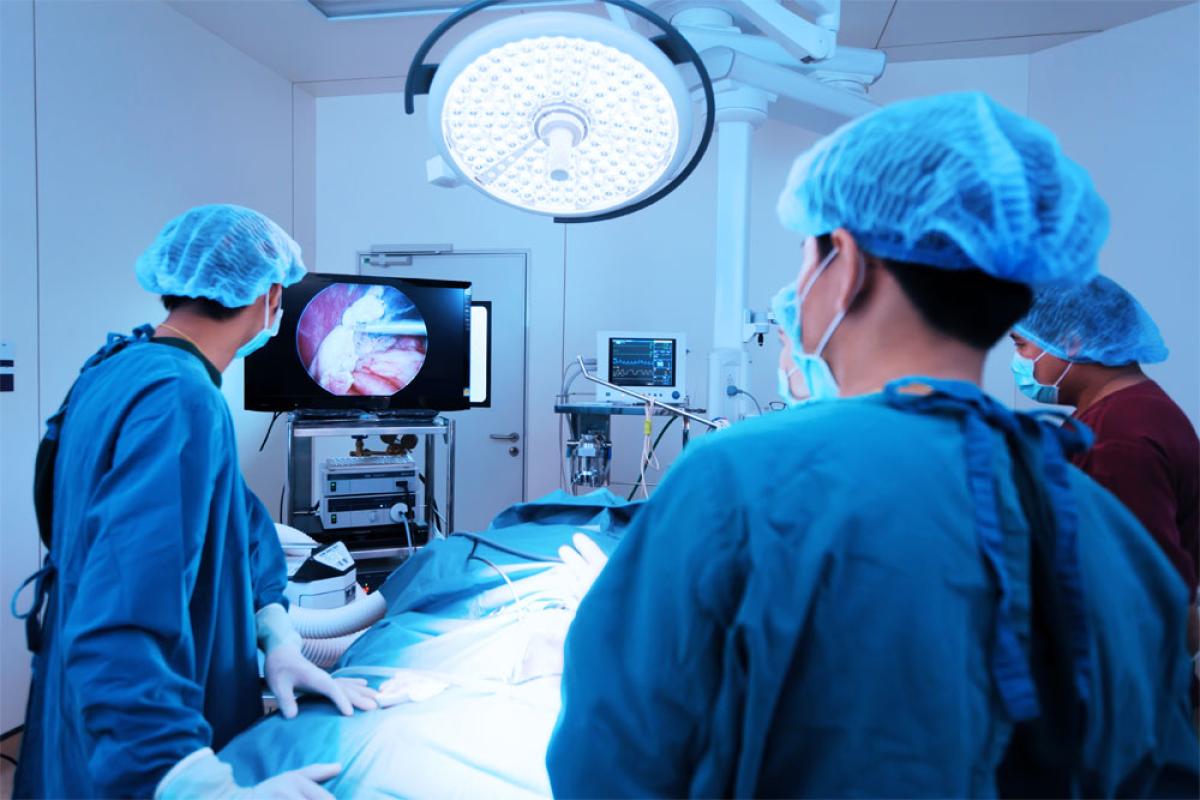Does Laparoscopic Surgery Require Specialized Tools?
Laparoscopic surgery, often known as minimally invasive surgery, has transformed the way complex procedures are performed today. Many people often ask, “Does Laparoscopic Surgery Require Specialized Tools?” The answer is yes — it absolutely does. This modern surgical method uses advanced instruments and high-definition cameras to allow surgeons to operate with precision and minimal disruption to the body. For those seeking world-class Laparoscopic Surgery in Dubai, Dynamic Clinic stands among the trusted centers known for its cutting-edge technology and professional expertise in minimally invasive techniques.
Understanding Laparoscopic Surgery
Laparoscopic surgery is a revolutionary approach that replaces large incisions with tiny ones, reducing trauma and promoting faster recovery. Surgeons insert a thin tube (laparoscope) equipped with a light and a high-resolution camera through small incisions, allowing them to view and operate on internal organs with exceptional clarity.
Why It’s Considered a Breakthrough
Minimal Scarring: The smaller incisions lead to almost invisible scars.
Reduced Pain: Less tissue damage means less postoperative discomfort.
Faster Recovery: Patients often resume normal activities sooner.
Lower Risk of Infection: Smaller wounds minimize infection risks.
This technique demands high precision, which is why specialized tools and training are essential for every laparoscopic procedure.

Specialized Tools Used in Laparoscopic Surgery
Unlike traditional open surgeries, laparoscopic procedures rely on advanced, finely crafted instruments that allow surgeons to perform complex maneuvers inside the body. Here are the main tools involved:
1. Laparoscope
A thin, tube-like instrument equipped with a camera and light source. It provides real-time visuals of the internal organs on a monitor, allowing surgeons to see what they are doing without opening up the body completely.
2. Trocars
These are hollow, tube-like instruments used to create access ports for inserting other surgical tools. They maintain internal pressure (known as pneumoperitoneum) to create a safe working space inside the abdomen.
3. Insufflators
These devices pump carbon dioxide gas into the abdomen, inflating it slightly so surgeons can see and move instruments without interference.
4. Graspers, Scissors, and Dissectors
Specially designed grasping and cutting tools are used to hold, cut, and manipulate tissues with precision. Each is ergonomically designed for control and accuracy.
5. Electrocautery Devices
Used to cut tissue and stop bleeding simultaneously, ensuring a cleaner and safer procedure.
These specialized instruments require expert handling — a skill surgeons develop through extensive training and experience.
The Role of Technology in Modern Laparoscopy
Technological advancements have dramatically enhanced the safety and efficiency of laparoscopic surgery. Surgeons today use 3D visualization systems, robot-assisted instruments, and ultra-high-definition imaging to perform even the most complex procedures with confidence.
Key Innovations in Laparoscopic Tools
Robotic Assistance: Offers greater precision and control through automated robotic arms.
Enhanced Imaging: Provides magnified, crystal-clear visuals of the surgical field.
Energy Devices: Enable precise cutting and coagulation without harming surrounding tissues.
Ergonomic Instruments: Reduce surgeon fatigue during long procedures.
These innovations not only improve surgical outcomes but also make the patient experience smoother and safer.
Training and Expertise: Why Experience Matters
Even with advanced tools, successful laparoscopic surgery relies on the surgeon’s skill, coordination, and decision-making. Surgeons must undergo specialized training to understand instrument handling, depth perception through screens, and complex anatomical variations.
What Sets Expert Laparoscopic Surgeons Apart
Extensive hands-on experience
Certified laparoscopic training programs
Up-to-date knowledge of surgical innovations
Commitment to patient safety and comfort
In cities like Dubai, the focus on medical excellence has led to the widespread adoption of laparoscopic methods by highly trained professionals who meet international standards of surgical care.
Benefits of Choosing Laparoscopic Surgery
Choosing laparoscopic surgery offers both medical and lifestyle advantages, making it the preferred option for many patients.
Key Benefits Include:
Quicker discharge and recovery time
Minimal postoperative discomfort
Reduced hospital stays
Improved cosmetic outcomes
Lower complication rates
For individuals in Dubai, the availability of such advanced surgical options highlights the region’s growth as a global hub for modern medical care.
Final Thoughts
So, does laparoscopic surgery require specialized tools? Absolutely. Without these precision-engineered instruments and advanced visualization systems, performing minimally invasive surgery with accuracy and safety would not be possible.